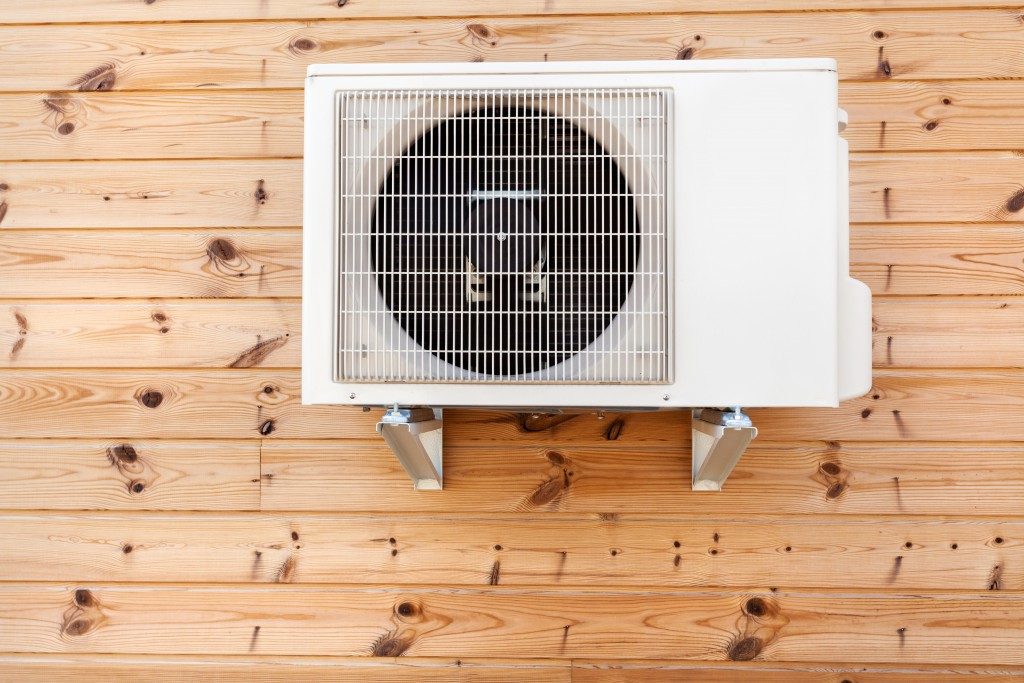Car bonnets come in different styles and designs. They were made to protect your automobile’s engine from damages caused by road debris, rain, and other elements. No matter how tough a bonnet is, it is still prone to damage. Corrosion, fender-benders, and front-end collisions are just some examples of what it might encounter.
A damaged bonnet can be unsightly. Any respectable car owner would want it replaced immediately. You do not need an expensive car body shop to do this for you. Replacing your car’s bonnet is quite easy. With a little help from a friend and a few essential tools, you can give your vehicle a new hood in no time.
Tools and materials needed:
- A helper
- Ratchet set
- Socket wrenches
- A brand new bonnet
- Vehicle owner’s manual
Installation tips:
- Protect yourself from injuries by wearing the proper personal protective equipment or PPE. Examples are closed-toe shoes, cut-resistant gloves, and safety glasses.
- When lifting heavy objects such as a car’s bonnet, properly bend your knees to avoid back injuries.
- Make sure to turn off your car’s engine before removing the bonnet. If the hood and engine are still hot or warm, wait for five minutes before proceeding.
- Each car make and model has different bonnet alignments. Check your vehicle owner’s manual for details.
Step one: As you open the bonnet, use the prop rod to keep it up. Once it is secured in place, ask your helper to stand on the other side. Ask him to hold the bonnet up while you loosen the bolts which secure it in place.
Most car manufacturers use 10-millimeter securing bolts for their vehicles. A 10-millimeter ratchet head will do for this task. When in doubt, refer to your vehicle’s manual.
Step two: Remove the bonnet insulator, windshield washer tubing, and car emblem before proceeding with the removal process.
Step three: Detach the bolts securing the car’s bonnet to its hinges. Two or three bolts usually secure it, and a socket wrench will do the job. Once you have removed the bolts from one side, have your helper hold up your side so that you can remove the other side’s bolts.
Step four: Since all the bolts are removed from their hinges, remind your helper to take the bonnet’s weight. Slowly remove the prop rod holding the bonnet up. Hold it to balance the weight while you lift it from your car. Take the old bonnet and place it on your work area’s floor.
Step five: Inspect your new bonnet for possible cracks or defects. You can also wash it before installing it in your car. Make sure all the parts are included to avoid problems later on.
Car bonnets come in different styles and designs. They were made to protect your automobile’s engine from damages caused by road debris, rain, and other elements. No matter how tough a bonnet is, it is still prone to damage. Corrosion, fender-benders, and front-end collisions are just some examples of what it might encounter.
A damaged bonnet can be unsightly. Any respectable car owner would want it replaced immediately. You do not need an expensive car body shop to do this for you. Replacing your car’s bonnet is quite easy. With a little help from a friend and a few essential tools, you can give your vehicle a new hood in no time.
Tools and materials needed:
- A helper
- Ratchet set
- Socket wrenches
- A brand new bonnet
- Vehicle owner’s manual
Installation tips:
- Protect yourself from injuries by wearing the proper personal protective equipment or PPE. Examples are closed-toe shoes, cut-resistant gloves, and safety glasses.
- When lifting heavy objects such as a car’s bonnet, properly bend your knees to avoid back injuries.
- Make sure to turn off your car’s engine before removing the bonnet. If the hood and engine are still hot or warm, wait for five minutes before proceeding.
- Each car make and model has different bonnet alignments. Check your vehicle owner’s manual for details.

Step one: As you open the bonnet, use the prop rod to keep it up. Once it is secured in place, ask your helper to stand on the other side. Ask him to hold the bonnet up while you loosen the bolts which secure it in place.
Most car manufacturers use 10-millimeter securing bolts for their vehicles. A 10-millimeter ratchet head will do for this task. When in doubt, refer to your vehicle’s manual.
Step two: Remove the bonnet insulator, windshield washer tubing, and car emblem before proceeding with the removal process.
Step three: Detach the bolts securing the car’s bonnet to its hinges. Two or three bolts usually secure it, and a socket wrench will do the job. Once you have removed the bolts from one side, have your helper hold up your side so that you can remove the other side’s bolts.
Step four: Since all the bolts are removed from their hinges, remind your helper to take the bonnet’s weight. Slowly remove the prop rod holding the bonnet up. Hold it to balance the weight while you lift it from your car. Take the old bonnet and place it on your work area’s floor.
Step five: Inspect your new bonnet for possible cracks or defects. You can also wash it before installing it in your car. Make sure all the parts are included to avoid problems later on.
Step six: Lift the bonnet and put it in place. Put the prop up the rod to take some of the bonnet’s weight. Ask your assistant to hold it in place while you fasten the bolts. Check if the bolts fit their hinges. Use a socket wrench to tighten the bonnet’s bolts. Connect the insulator, windshield washer tubing, and car emblem on your new car bonnet.
Step seven: Once all the bolts are secured and tight, lower the prop rod, and ask your helper to stand back. Close the bonnet and open it up again. Check the bonnet’s fit and alignment on your car. Spaces between the new hood and fender should always be equal.
Step eight: If the bonnet is not aligned with the car’s fenders, use the socket wrench to loosen the bolts from the hinges. Ask your helper to help realign the hood until you see an even gap between both sides. Once you have accomplished this, apply the appropriate torque on all the securing bolts.
There you have it: new bonnet to make your car in pristine condition again. You have gained a new set of skills and saved a lot of money. Take your vehicle on a test drive and have fun on the road!
Step six: Lift the bonnet and put it in place. Put the prop up the rod to take some of the bonnet’s weight. Ask your assistant to hold it in place while you fasten the bolts. Check if the bolts fit their hinges. Use a socket wrench to tighten the bonnet’s bolts. Connect the insulator, windshield washer tubing, and car emblem on your new car bonnet.
Step seven: Once all the bolts are secured and tight, lower the prop rod, and ask your helper to stand back. Close the bonnet and open it up again. Check the bonnet’s fit and alignment on your car. Spaces between the new hood and fender should always be equal.
Step eight: If the bonnet is not aligned with the car’s fenders, use the socket wrench to loosen the bolts from the hinges. Ask your helper to help realign the hood until you see an even gap between both sides. Once you have accomplished this, apply the appropriate torque on all the securing bolts.
There you have it: new bonnet to make your car in pristine condition again. You have gained a new set of skills and saved a lot of money. Take your vehicle on a test drive and have fun on the road!




